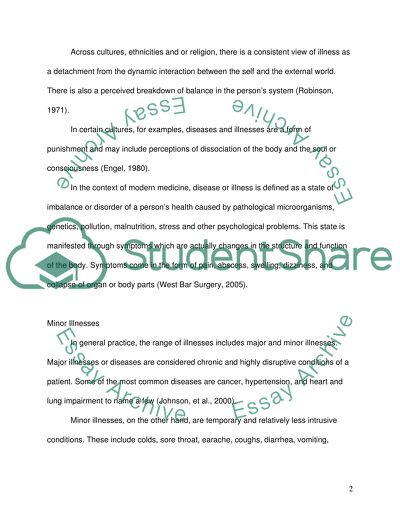Cite this document
(“Clinical Assessment in Minor Illness Essay Example | Topics and Well Written Essays - 4000 words”, n.d.)
Clinical Assessment in Minor Illness Essay Example | Topics and Well Written Essays - 4000 words. Retrieved from https://studentshare.org/health-sciences-medicine/1518536-clinical-assessment-in-minor-illness
Clinical Assessment in Minor Illness Essay Example | Topics and Well Written Essays - 4000 words. Retrieved from https://studentshare.org/health-sciences-medicine/1518536-clinical-assessment-in-minor-illness
(Clinical Assessment in Minor Illness Essay Example | Topics and Well Written Essays - 4000 Words)
Clinical Assessment in Minor Illness Essay Example | Topics and Well Written Essays - 4000 Words. https://studentshare.org/health-sciences-medicine/1518536-clinical-assessment-in-minor-illness.
Clinical Assessment in Minor Illness Essay Example | Topics and Well Written Essays - 4000 Words. https://studentshare.org/health-sciences-medicine/1518536-clinical-assessment-in-minor-illness.
“Clinical Assessment in Minor Illness Essay Example | Topics and Well Written Essays - 4000 Words”, n.d. https://studentshare.org/health-sciences-medicine/1518536-clinical-assessment-in-minor-illness.


